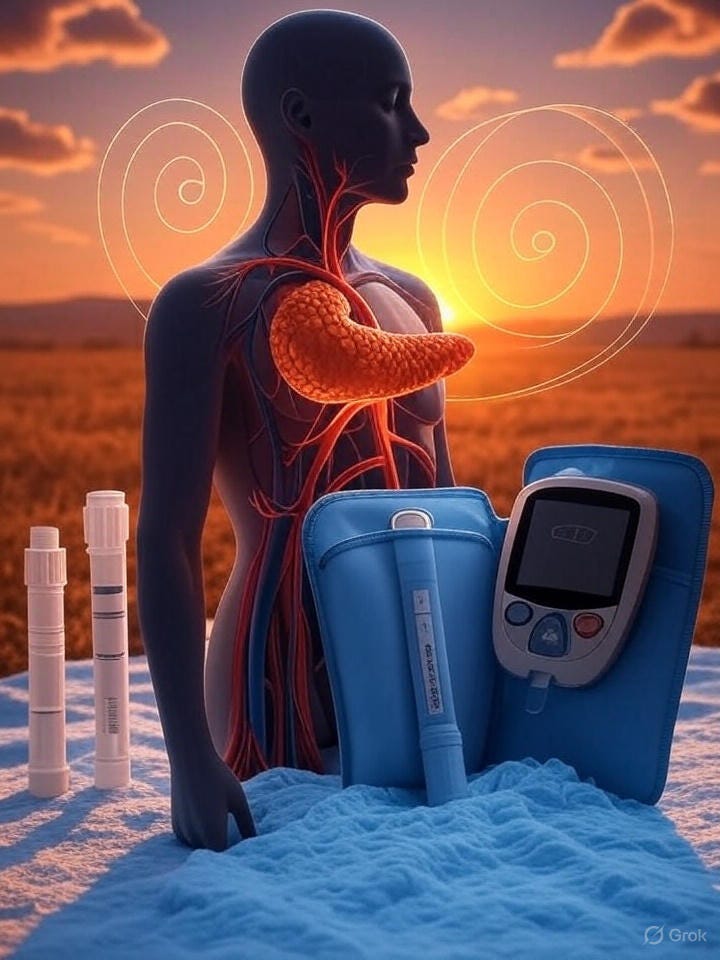Diabetes in the Heat Overlooked Risks That Could Cost Lives
Why extreme heat poses unique dangers for people with diabetes and how both patients and providers can adapt safely
Extreme heat impairs the body’s ability to regulate temperature in people with diabetes, increases hospital admissions, and can interfere with insulin absorption and glucose monitoring. Tailored treatment adjustments and preventive measures are essential during heat waves.
Study Details
Experts from the German Diabetes Center (DDZ) and the University Hosp…
Keep reading with a 7-day free trial
Subscribe to Just Healthcare to keep reading this post and get 7 days of free access to the full post archives.


